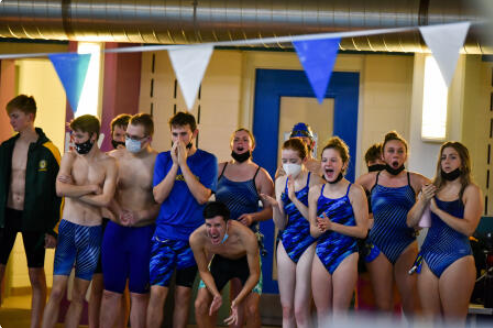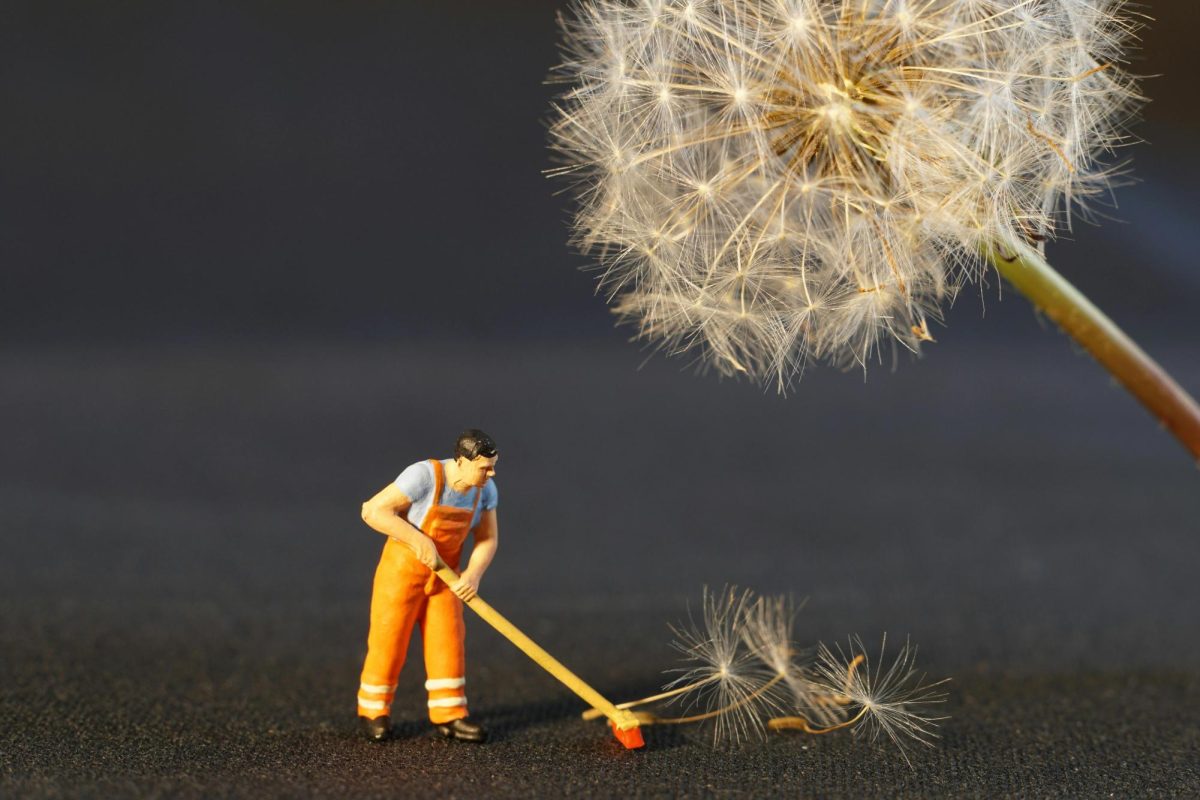The Best Ways to Protect Yourself (and Others) in the New Year
January 14, 2022
Calvert High School has returned for the second semester with rising Covid-19 cases looming. Following the increase in positive tests, CHS has decided to be proactive in controlling the spread of the virus by limiting lunchtime activities for better contact tracing. Although students may dislike the idea of limiting lunchtime activities, there are ways for them to help themselves and work towards slowing the spread to ensure school can be as normal as possible.
Wear your mask properly
Masks are intended to protect you and other people from contact droplets that could contain harmful bacteria. When inhaling and exhaling, people release and consume microscopic particles that contain germs that can make them, and the people around them sick (mayoclinic.org). Scientists found that masks were 79% effective in slowing the transmission of sicknesses, if all parties involved participate in mask wearing (PNAS.org). Not only does wearing a mask properly protect the wearer, but it protects others too. Wearing a mask properly includes not eating in the hallways, avoiding eating in classrooms, and immediately returning the mask over the nose when taking a drink.
Social Distance: Avoid crowds and be smart about who you spend your time with.
Since the beginning of the pandemic, the words “social distance” has been ingrained into brains, and for good reason. The best way to protect from any sickness is to avoid large groups of people. Germs can be spread through a multitude of contacts including coughing, sneezing, touching your eyes or mouth, or through direct physical contact (Health.org). It is encouraged to stay away from any crowded situation that you have little control over safety protocol. During hour lunch, sports, and clubs, it is important for students to remember to stay distant and limit contact. Even small groups of people have the potential to be dangerous, so if any student is experiencing symptoms, make sure everyone around is aware.
Wash your hands, disinfect surfaces regularly, and do not come to school if you are sick.
The final method of protection against germs are things that have been implemented for years. Washing your hands for a minimum of fifteen seconds and lathering the soap to scrub every surface is roughly 90% effective at killing bacteria and removing dirt off the hands, so it is important to do so more than usual (Harvard Health). Students should try their best to clean their hands before eating, after a restroom trip, and after touching hard surfaces, like the railings on the staircases. Although it is unlikely, virus germs can be spread on surfaces, so disinfecting desks, phones, computers, and other possessions can reduce bacteria.
Finally, students should not go anywhere if they have symptoms, especially school. Students who exhibit any symptoms including fever, cough, difficulty breathing, fatigue, headaches, or loss of taste or smell, should stay home to prevent possible transmission (CDC).
As we start 2022, remember to keep these three ideas in mind so that CHS students can stay in person for school, and sports and activities can resume. The goal is for lunch to go back to normal, and for the student body to stay healthy.

























